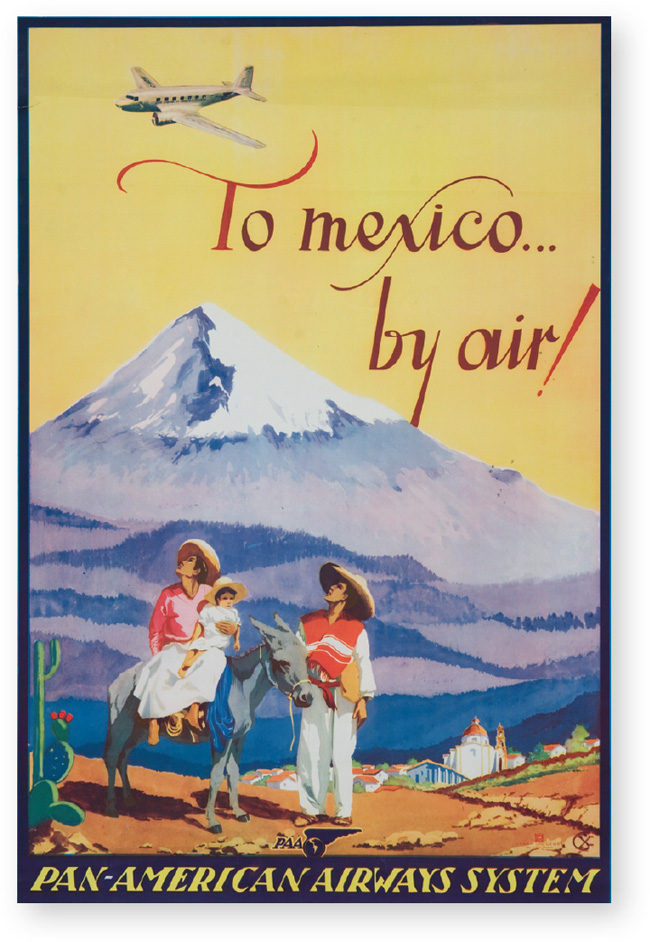Mexican migration to the united states began at the end of the 19th century. As immigrants adapted to available foods and American tastes, Mexican food morphed into a new cuisine—less spicy and less labor-intensive. During the translation process, many of the Mexican originals became meatier and heavier. (A similar phenomenon occurred when Italian dishes were adapted in the U.S., with recipes becoming cheesier and richer.) For example, enchiladas and tacos, which had been commonly served in Mexico as street food (and eaten as a snack), made their way onto restaurant menus in new ways, slathered with sauce and cheese and rounded out with rice and beans. As Tex-Mex food became popular in all regions of the country, dishes were increasingly Americanized. Today, some might argue that Tex-Mex is the most popular American regional cuisine. Taco and enchilada kits have become supermarket staples, while burritos are as common on the fast-food scene as burgers.

In general, our approach to Tex-Mex cooking is to honor the complex origins of these dishes and their unique cross-border heritage, while making sure the food is fresh and vibrant. We focus on several Tex-Mex favorites (no kits required), such as hearty beefy nachos, chicken tacos perfect for any weeknight, and stick-to-your ribs chili con carne that relies on supermarket ingredients but doesn’t skimp on complex flavor.